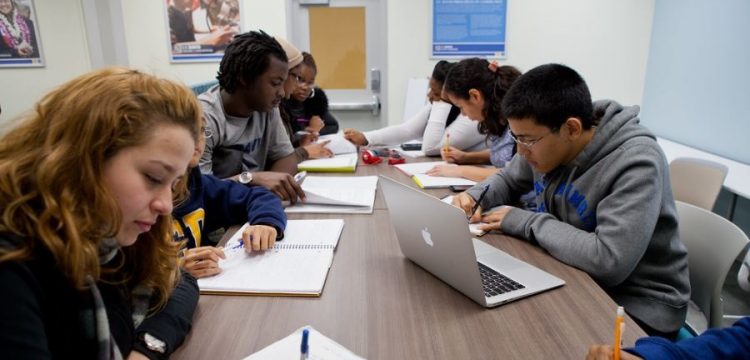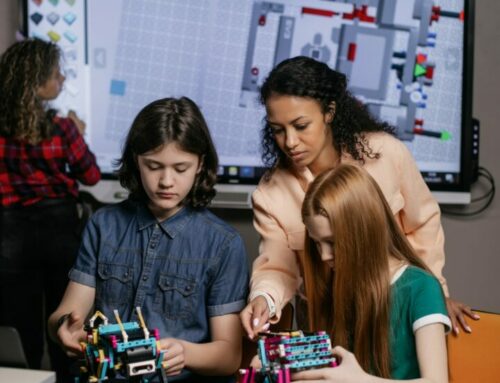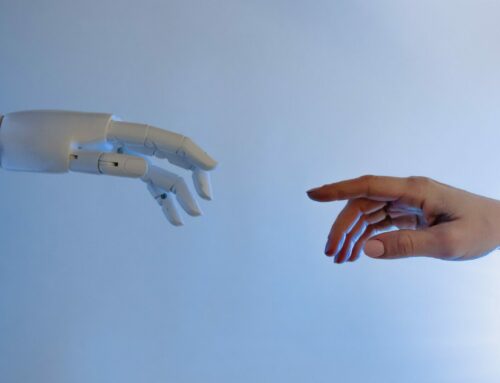Creating inclusive curricula in higher education
Patrick Blessinger, Enakshi Sengupta and Mandla Makhanya
St John’s University, USA, The HETL Association, USA and The University of South Africa
The ongoing development, growth and stability of modern economic and democratic systems require that people engage in continual education and training throughout the course of their lives – that is, lifelong and lifewide learning.
As a result of this contemporary reality, higher education systems around the world, including both formal and non-formal types of learning, have experienced unprecedented change in the past few decades in the areas of democratisation, internationalisation and treating lifelong learning as a human right.
These changes have been driven by underlying factors such as social movements, economic forces, legal reforms, technological innovation and changing student needs and demographics. The changes have brought with them a renewed focus on inclusion and equity as paramount issues in the shifting paradigm of higher education.
The increased attention to equity and inclusion have, in turn, led to new efforts to improve retention rates, graduation rates and the overall quality of education and student academic achievement. To these ends, humanising higher education and improving social justice conditions have been central to creating a culture of inclusion.
Sources of exclusivist attitudes
If humanistic attitudes and ethical values are paramount in achieving a culture of inclusion, then it is beneficial also to look at those sources of exclusivist attitudes that run counter to inclusion, such as racism, sexism, elitism, supremacism, hegemony, bigotry and other harmful mindsets that contribute to oppression, intolerance and hate towards others.
Some aspects of these mindsets may be reflected through the three types of higher education curriculum: included (what is taught), excluded (what is not taught) and hidden (covert). Each different type of curriculum has an impact on institutional cultures and educational outcomes. Traditionally, most focus tends to be placed on the official included curricula as this explicitly represents the knowledge and skills that students are expected to learn.
However, in recent decades, greater attention has been paid to update and modernise the curriculum not only to make it more inclusive of the latest disciplinary knowledge and skills but also to make it more reflective of humanistic values, such as the ethical use of knowledge as well as how to use that knowledge in the service of humanity (for example, integrating multi-culturalism, human rights and sustainable development into the curriculum).
The hidden curriculum refers to those implicit lessons learned informally and even unconsciously through everyday social interactions and through the interaction with the wider institutional culture, such as the institution’s traditions, rituals, creeds and norms. This hidden curriculum may also influences one’s attitudes and mindset on race, ethnicity, sex, gender, social class and other factors.
An inclusive hidden curriculum promotes positive attitudes and acceptance of all groups and individuals whereas a non-inclusive hidden curriculum may unwittingly promote negative stereotypes and prejudice of others based on race, ethnicity, sex, gender, social class and other factors.
The hidden curriculum, for instance, may be reflected in how faculty and university leaders interact with students, the types of services and extra-curricular activities that are offered (or not offered) to students to promote their well-being and whether the institution’s culture is welcoming, positive and reflective of the make-up of the student body.
Learning is a social process
Learning is not just a cognitive process but also a social process which implies social interactions and learning of social norms. Everything about the culture and the operation of a university sends implied messages to those who live and work there every day.
Therefore, important questions to ask include: do the policies, practices and culture of the university create a sense of belonging and well-being? Are curricular and extracurricular activities designed in such a way to foster collaboration and positive interactions?
Diversity is a necessary component of inclusion, but not a sufficient one. Are individual perspectives and group identities embraced and encouraged to grow? Having a diverse student body does not guarantee that students will feel a sense of belonging, respect, care, acceptance and empowerment.
Developing inclusive educational curricula may also involve changes to curricula content and delivery, pedagogical strategies, learning activities and spaces, faculty evaluation and student assessment. Inclusive leadership drives needed policy changes and ultimately aims to create a culture where everyone is able to participate fully.
Platitudes and slogans are insufficient; ultimately inclusion must be operationalised to be successful, which may require a total review and evaluation of the current state of the institution to better understand what changes are needed.
Since academic disciplines vary in terms of their content, pedagogical approach, learning activities, worldview etc, it follows that inclusion must also be contextualised and operationalised across different disciplines and programmes. For instance, designing a curriculum that is inclusive requires a mindfulness of student backgrounds and personal and social needs.
Including all stakeholders
This entails first developing an institution-wide effort that engages everyone (students, faculty, staff and leadership) in the process and seeks their input, which often involves surveys, review of the current research, relevant case studies, action planning committees and open institution-wide discussion forums (for example, conferences, symposiums, cross-functional teams, workshops and faculty learning communities).
With this type of inclusive planning the initiative is less likely to be viewed as a purely top-down mandate, but rather as an initiative that is transparent and inclusive. This approach has the added benefit of gaining institution-wide support and trust.
Implementing a vision of inclusion and equity entails developing policies and programmes consistent with that vision, and developing a long-term strategic plan that involves needed goals, objectives and evaluation programmes that measure the effectiveness of the plan.
Besides the moral imperative of creating a more inclusive curriculum, benefits also include increasing student engagement, retention and graduation rates, as well as overall satisfaction and well-being.
Patrick Blessinger is an adjunct associate professor of education at St John’s University, New York City, United States, and chief research scientist for the International Higher Education Teaching and Learning Association or HETL. Enakshi Sengupta is director of the Center for Advanced Research in Education at HETL. Mandla Makhanya is principal, vice-chancellor and professor at the University of South Africa. The International HETL Association explores the issues raised in this article in its series on equity and inclusion in higher education.
Suggested Citation:
Blessinger, P., Sengupta, E., and Makhanya, M. (2019). Creating inclusive curricula in higher education, University World News,
https://www.universityworldnews.com/post.php?story=20190422070841869
Or
Blessinger, P., Sengupta, E., and Makhanya, M. (2019). Creating inclusive curricula in higher education, Higher Education Tomorrow, Volume 6, Article 2,
https://www.patrickblessinger.com/creating-inclusive-curricula-in-higher-education/
Copyright © [2019] Patrick Blessinger, Enakshi Sengupta, and Mandla Makhanya
Disclaimer
Opinions expressed in this article are those of the author, and as such do not necessarily represent the position(s) of other professionals or any institution.




